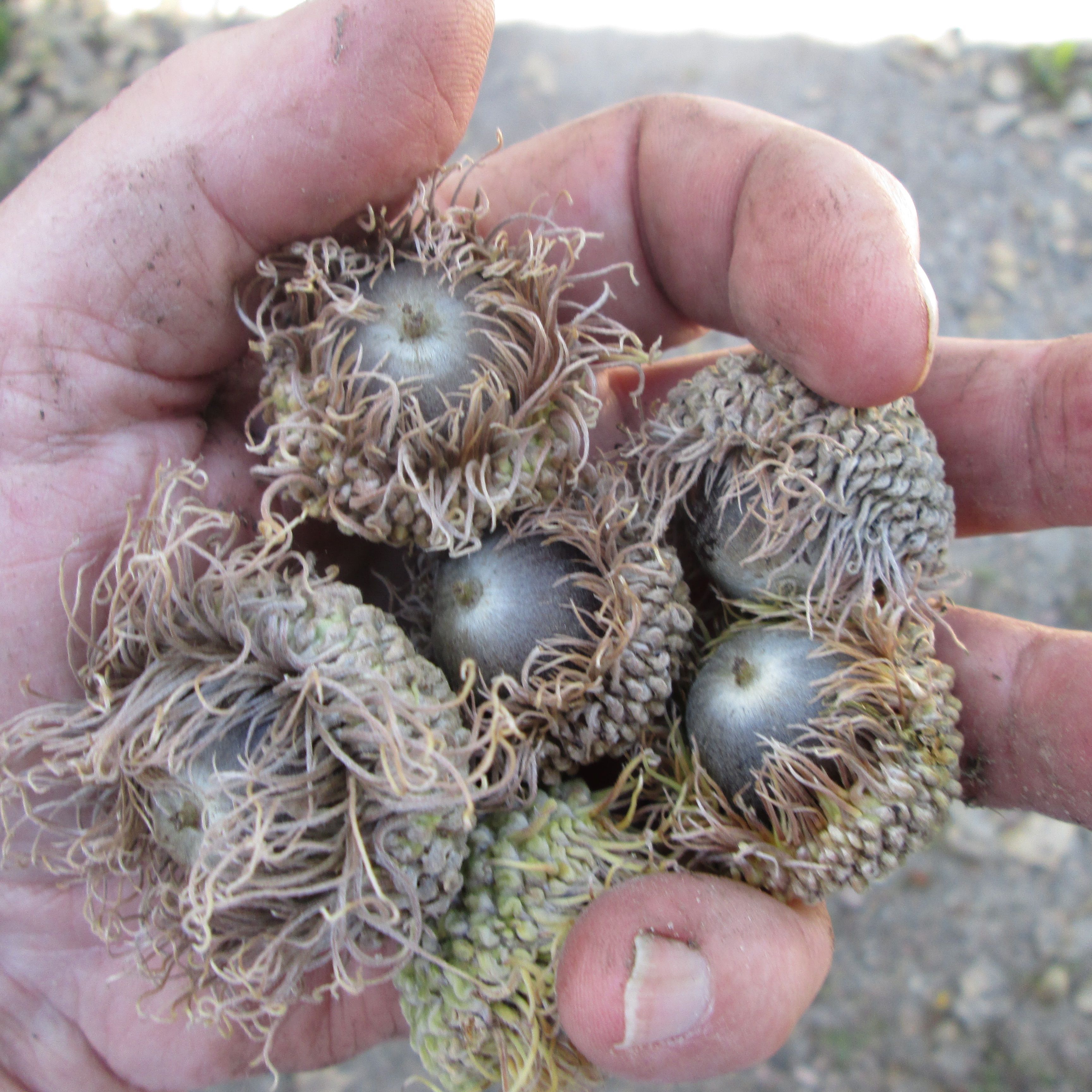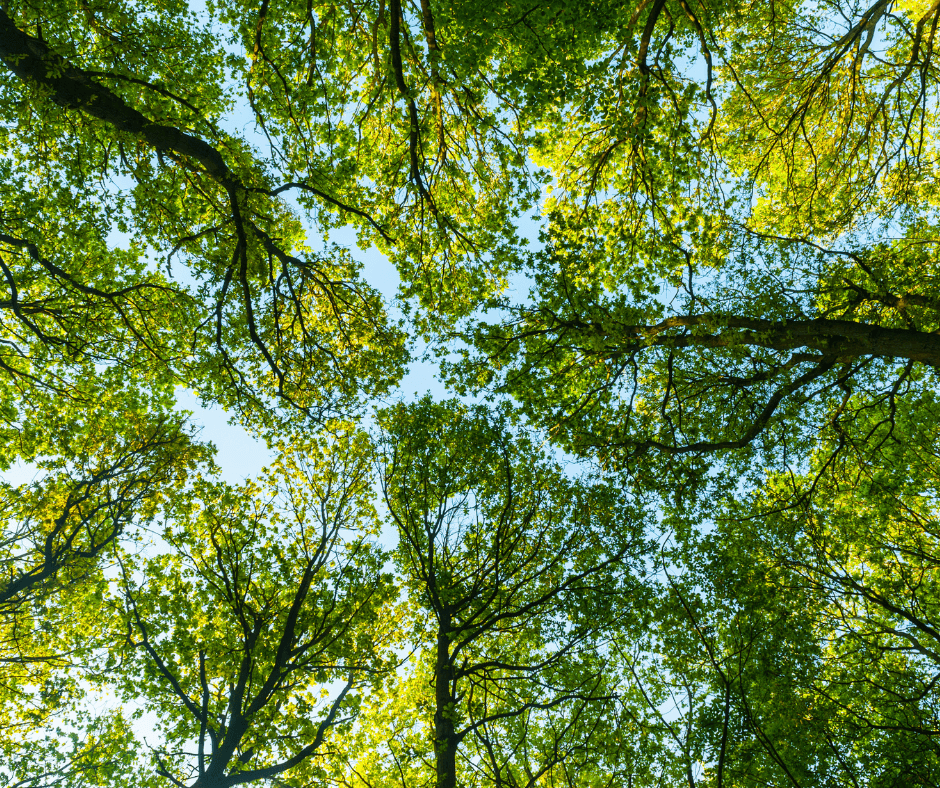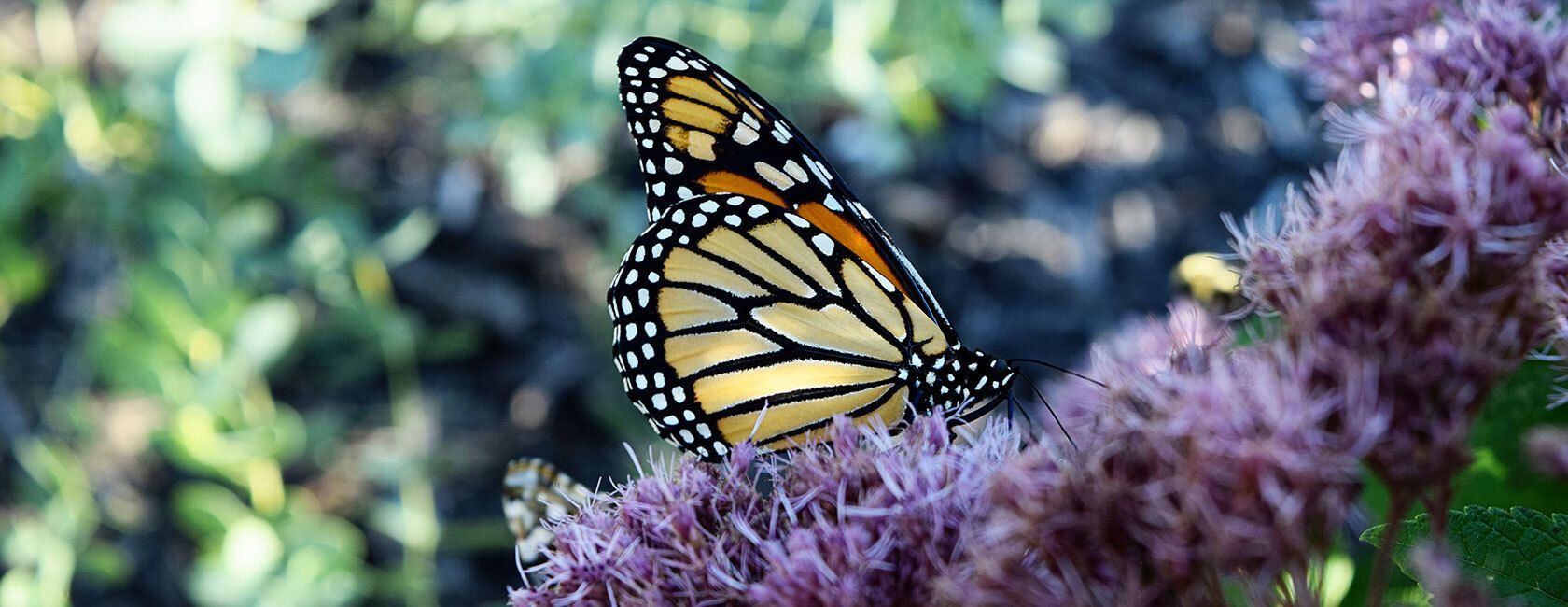
Oaks are arguably one of the most important tree species in our urban forest canopy, not only for their reliability as shade trees, but also for the diversity of life they support. Unfortunately, we often hear complaints that oaks, with their abundance of acorns and large leaves, are messy trees. While my typical response is that people are far messier than trees and anything worth having comes with a cost, it is worth discussing the facts versus myths when it comes to acorns.
A common complaint is that acorns will ruin or kill a lawn; however, lawn care professionals say that’s not usually the case. Left to decompose, acorns may create small divots in the lawn, but squirrels and other wildlife usually collect acorns before they become a problem. If you live in an area without a lot of wildlife activity, you may need to clean up a bit more. Smaller acorns, such as those from red oaks, are typically broken up by the lawn mower or collected by wildlife. Trees in the white oak family (like swamp white oak and bur oak) tend to produce more, and larger, acorns than those in the red oak family.
Larger acorns, like those from the bur oak, are more likely to damage your mower than your grass but are easily collected with a nut picker. Because their acorns are so large, you might think twice about planting a bur oak over a parking lot or alongside a road, where the acorns can present a hazard to pedestrians.
During a mast year—which is when an oak produces an extra-large crop of acorns, typically every 2-5 years, depending on the species—piles of acorns can smother grass if left on your lawn. Heavy acorn production can also be a concern if you are trying to establish lawn from seed or if your lawn is already struggling. This year (2024) was a mast year for several species, so you may be seeing more than normal quantities of acorns.
The truth, however, is that lawn grass may already be struggling to grow in the shade of a mature oak, but acorns often take the blame. Squirrels digging holes in your lawn can also pose more of a problem than the acorns themselves.
The Benefits Outweigh the Drawbacks
As a keystone species, oak trees offer many more benefits than drawbacks to the environment. Oaks alone support more than 2,300 species, including 31 different mammals and 1,178 invertebrates. While acorns can be annoying at times, they are worth the trouble. Here are some tips for living with oak trees and the acorns they produce:
- Make note of the mast cycle of your tree and plan ahead to do any extra cleanup you desire.
- Use a nut gatherer, like this one, to quickly pick up large numbers of acorns.
- Use a shade-tolerant lawn mix under mature trees; a healthy lawn should not be bothered by regular acorn production.
- Oak seedlings may sprout up but will disappear after being mown a couple times. They can be more of a frustration in garden beds so pull them early while they are small.
- It takes 20-45 years, depending on species and conditions, for an oak to start producing acorns. Planting a tree today means years before acorns become an issue.
- If you find a solution to squirrels digging holes in your lawn, please share it with us!
Even if acorns were bad for lawns, I don’t think that would be enough to convince me not to plant an oak tree. They are tough, dependable shade trees that provide an amazing amount of habitat to insects, mammals and birds.


